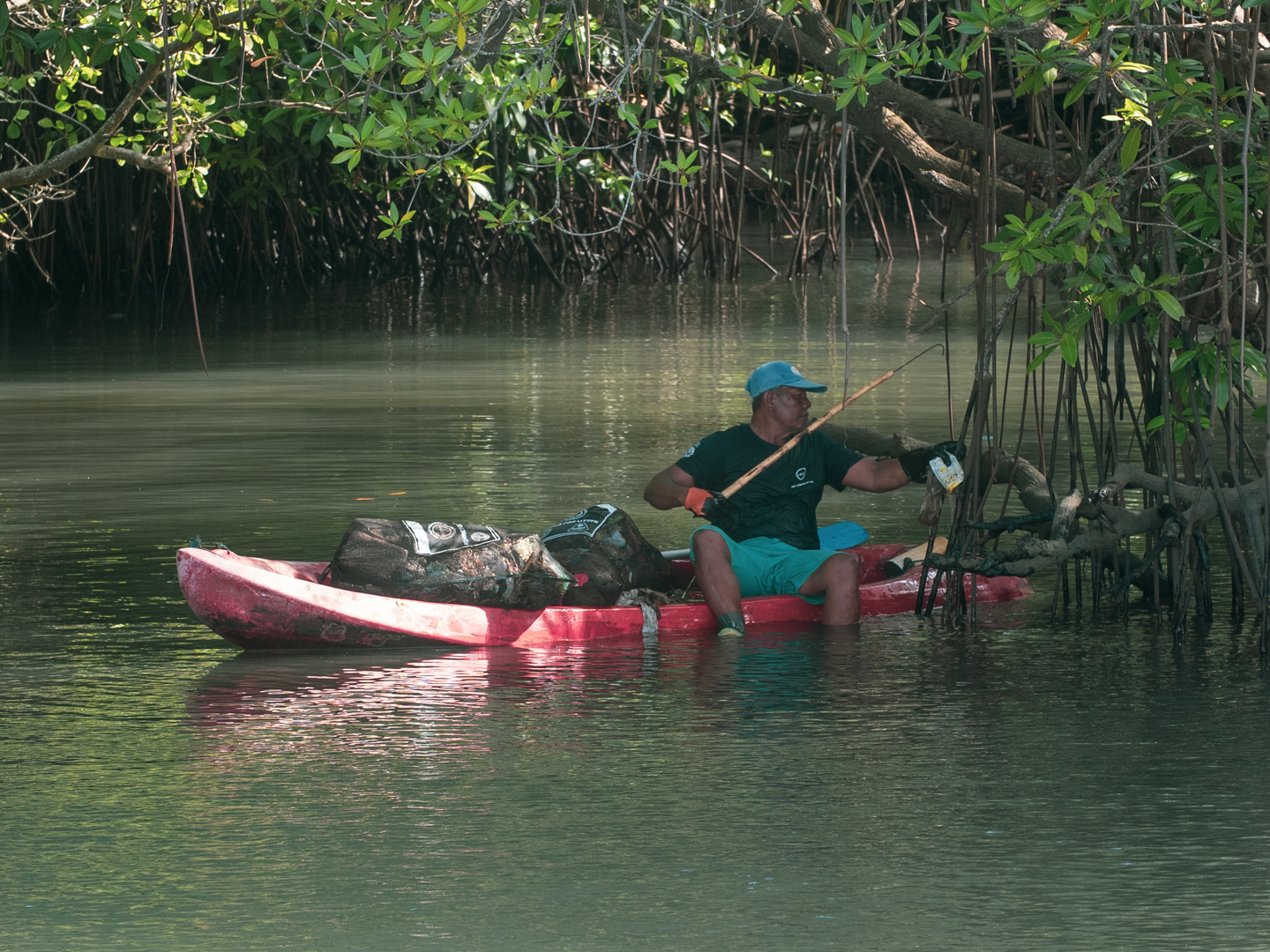From Brazil to Surfside, Florida, Rodrigo Butori turned his passion into a worldwide movement.
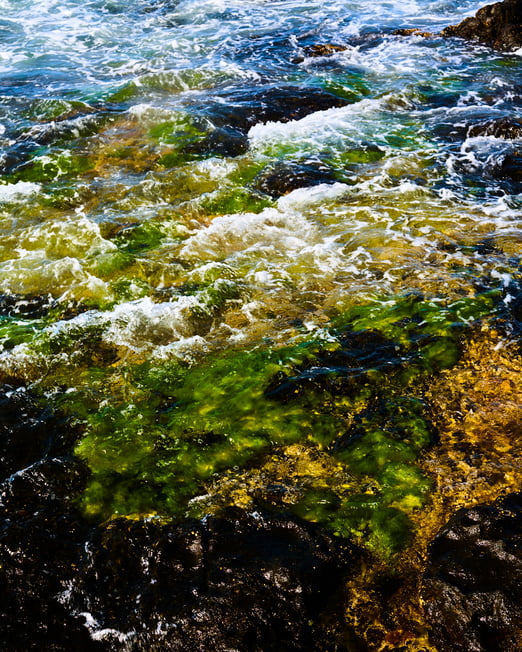
Photography: Tarona www.tarona.nl / @tarona)
Rodrigo Butori is the creative mind behind Plastic Fisherman, an Instagram account turned global movement that aims to raise awareness about marine pollution through an artistic filter.
Joining in is easy: whenever you go out to the beach and notice garbage amongst the sand, pick it up and get to work to create a plastic fish figure.
Once your masterpiece is ready, snap a photo and upload it to your Instagram making sure to tag the account, don't forget the official hashtag #plasticfisherman! Soon, your work will appear on the original platform to be seen and praised by a global audience of sea lovers.
"People have started to tell me that their outlook on plastic pollution has changed. Before, they would go on a walk and be saddened by the endless amount of trash they saw on the ground. Now, they see the waste as a perfect eye or leg for their fish!” Rodrigo says with a bright smile on his face.
He’s tuned into our conversation from The Plastic Fisherman’s HQ, his home office. In the background, a big blue and white sign made from recycled material spells out the name of the project in a wacky font.
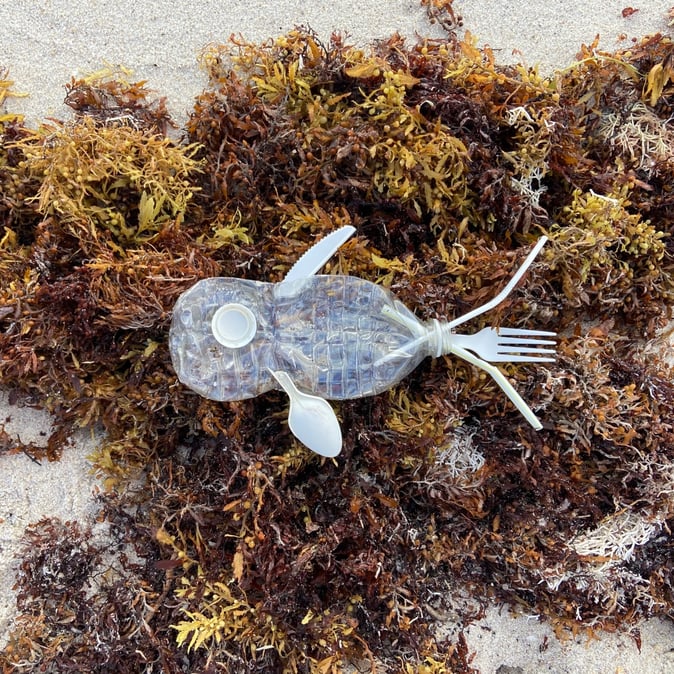 Photo courtesy of Plastic Fisherman
Photo courtesy of Plastic Fisherman
Originally from Sao Paulo, Brazil, Rodrigo is an advertising professional based in Surfside, Florida. The ocean has been an important part of his life since childhood when he moved away from the city with his family to a smaller town on the coast of Brazil.
"The sea is my home. My choice of residence is dictated by its proximity to the sea."
"The sea is my home. My choice of residence is dictated by its proximity to the sea. After moving away from my hometown in Brazil, I picked Los Angeles and now I found myself in Miami because it allows me to pursue a creative career while living by the beach", he concedes.
An avid surfer, diver, and all-around sea enthusiast, Rodrigo has had the habit to pick up the waste he finds on his excursions for as long as he can remember. "It used to be way worse than it is now," he tells us in a hopeful tone, "before the launch of all these amazing initiatives, people weren't as aware of the harm caused by plastic pollution".
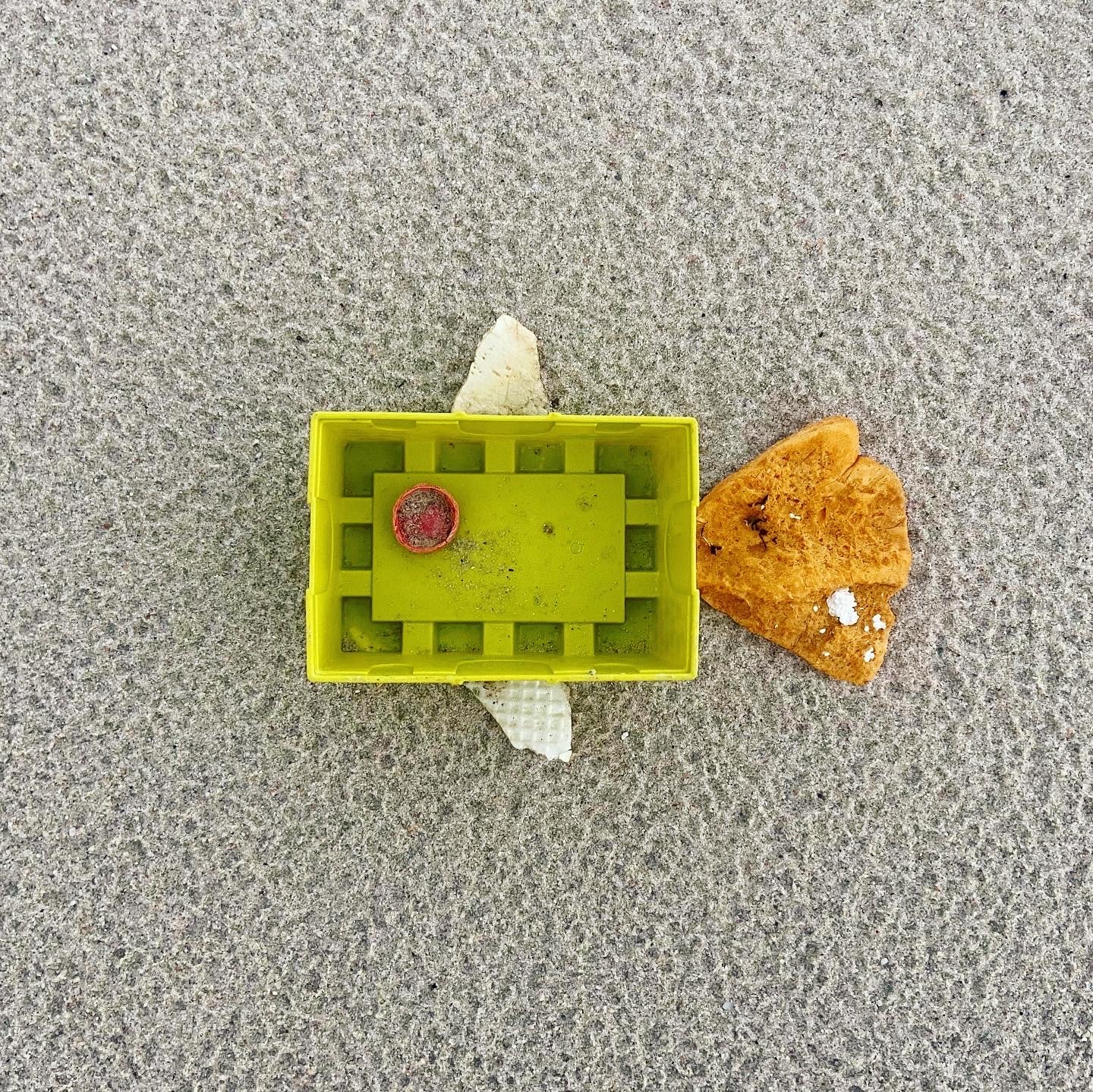
Photo courtesy of Plastic Fisherman
TJust before the pandemic, Rodrigo decided to put his creative skills into practice and begin making fish-shaped artwork with the discarded material he found. Soon, his advertising background came into play and he opened an official account for the project.
It didn’t take long for requests to open country-specific accounts to start flooding his DMs.
"I think three months into opening the account, a call came from Japan asking for permission to make their own Plastic Fisherman space. Then came Germany. And now there are 8 countries involved", he says.
Levering his creative background as a tool for environmental activism, The Plastic Fisherman has evolved from a passion project to an educational method that has made its way into the classrooms of schools around the world. Once a year, they host a festival called the Plastic Fishing Festival.
“We collaborate with schools and hotels to go on a beach cleanup. We distribute buckets and assign each team, whether it’s families or friends, to pick up the waste they find, create their artwork and then dispose of the litter in the appropriate bins”, he explains.
But besides this, Rodrigo is a collector. “My garage is full of archived litter I have collected over the years with the idea to make something new out of it. I am interested in giving this material a positive reason to exist. I am experimenting with making chairs and other items that can live on”, he lets us know.
His findings have changed over the years but a lot of the materials he retrieves are dictated by the currents. Often, litter from the Dominican Republic washes ashore due to storms and oceanic streams that carry these pieces across the Caribbean.
“I often find this bottle of vinegar that’s only made in the Dominican Republic. And it makes you think about how far these items can travel”, he’s not wrong as the distance between the Hispaniola island and the coast of Florida is huge, 1.523,53 KM to be exact.
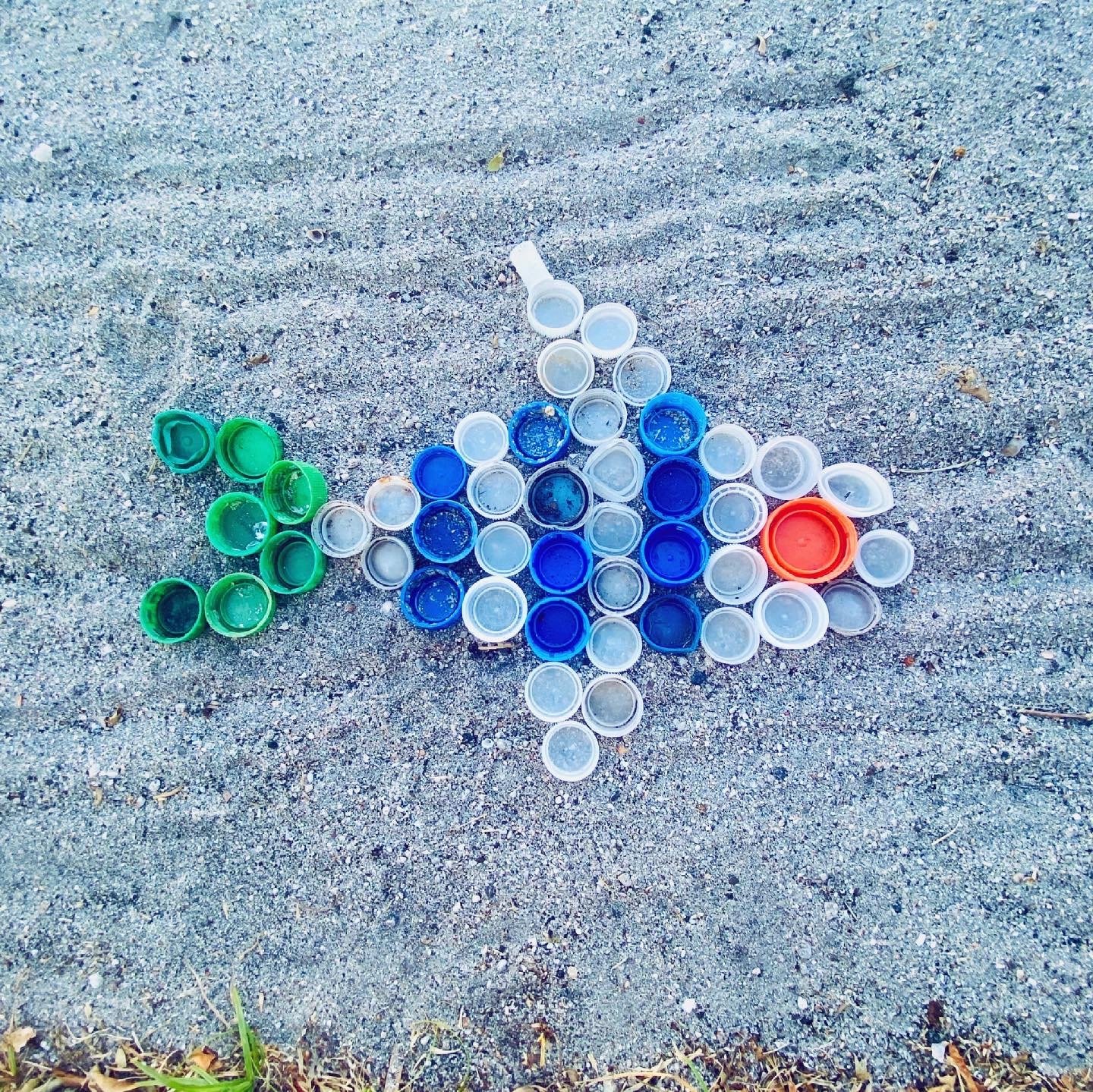
Photo courtesy of Plastic Fisherman
Strongly believing in the power of community, through his Instagram account, Rodrigo has touched and inspired almost 20.000 people to engage in plastic fishing whether it’s on the Floridian coast, the pearly white beaches of Mauritius, Spain, or the rivers of Germany.
The project is humorous too. Matter of fact, each fish is named with a scientific-sounding name. Plastic Bottlecapus Stripensis, Polyethilenus Box Fishus, Styrofomus Crapus – for now, these are simply make-believe titles, but if we continue to pollute the ocean at the rate we are now, they will become reality.
“The most important lesson I have learned while working on this project is that without the ocean there’s no us."
“The most important lesson I have learned while working on this project is that without the ocean there’s no us. So if we don’t have the ocean, there will be no humans. It’s not about saving an endangered species only. It’s about saving humankind. With no healthy ocean, there will be no healthy humans.”
And he’s right. The ocean needs our help, and it needs it now. Next time you take a stroll on your favorite beach, turn your creativity on and join Rodrigo’s movement! Pick 5 pieces of litter, make a fish and submit your creation.
Follow @plasticfisherman on Instagram.
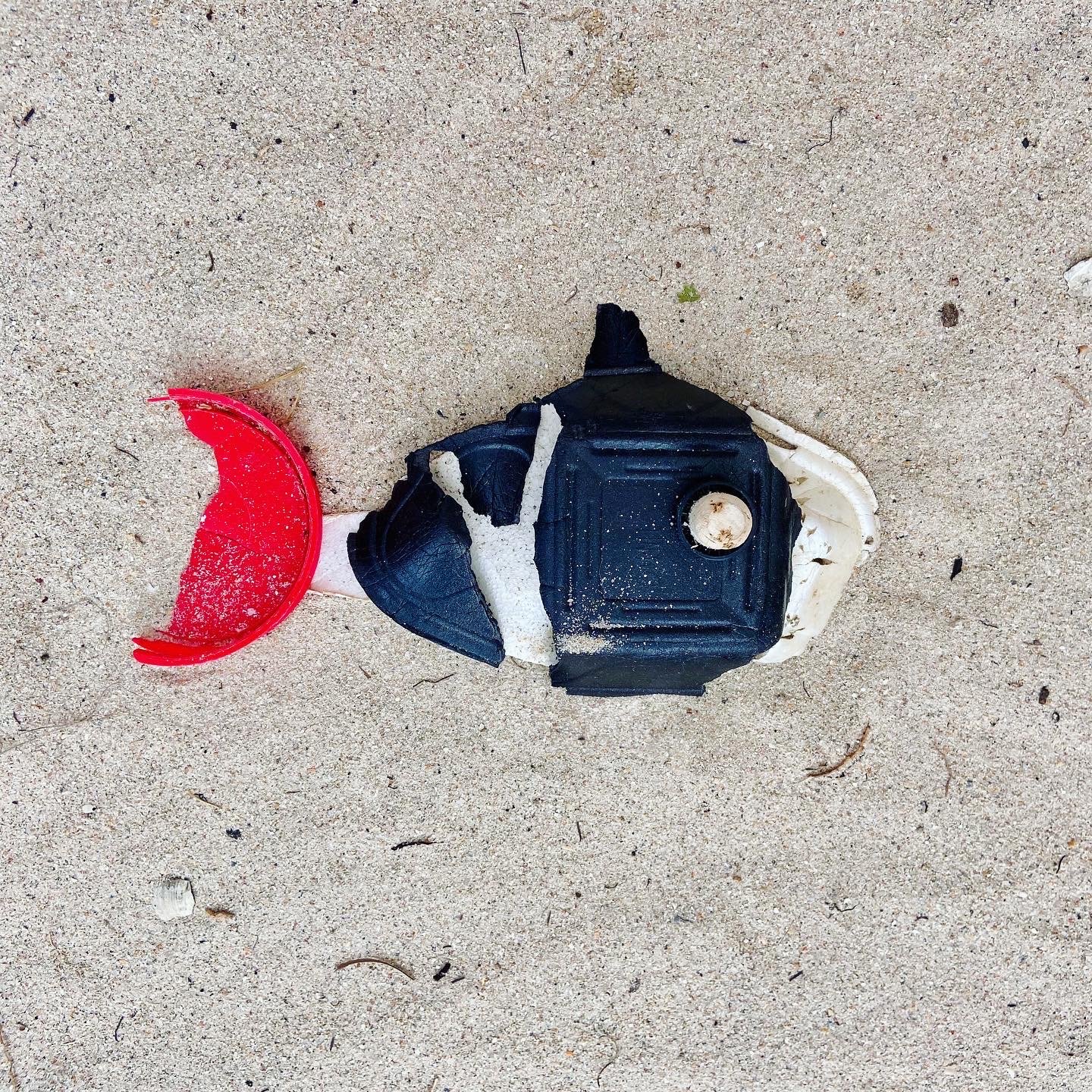
Photo courtesy of Plastic Fisherman
Ogyre is a lifestyle, a catalyst for change.
If you believe the Earth deserves better, then Ogyre is what you need.

.jpg)
